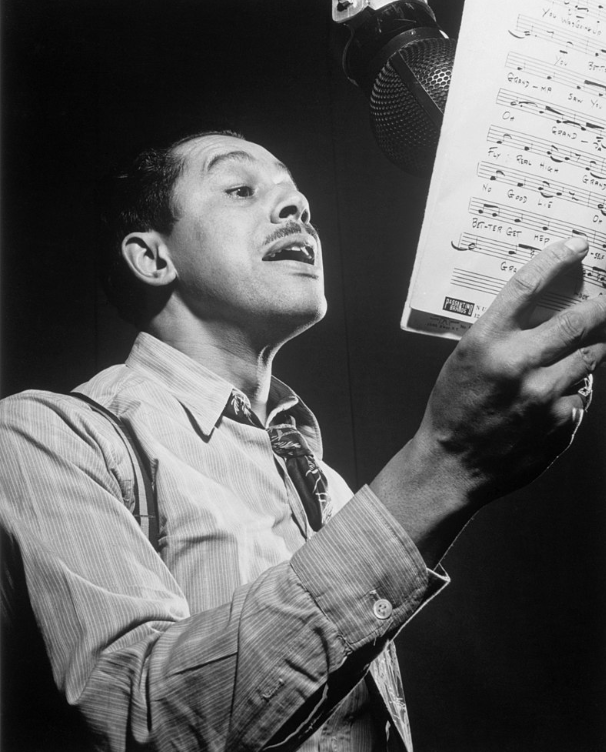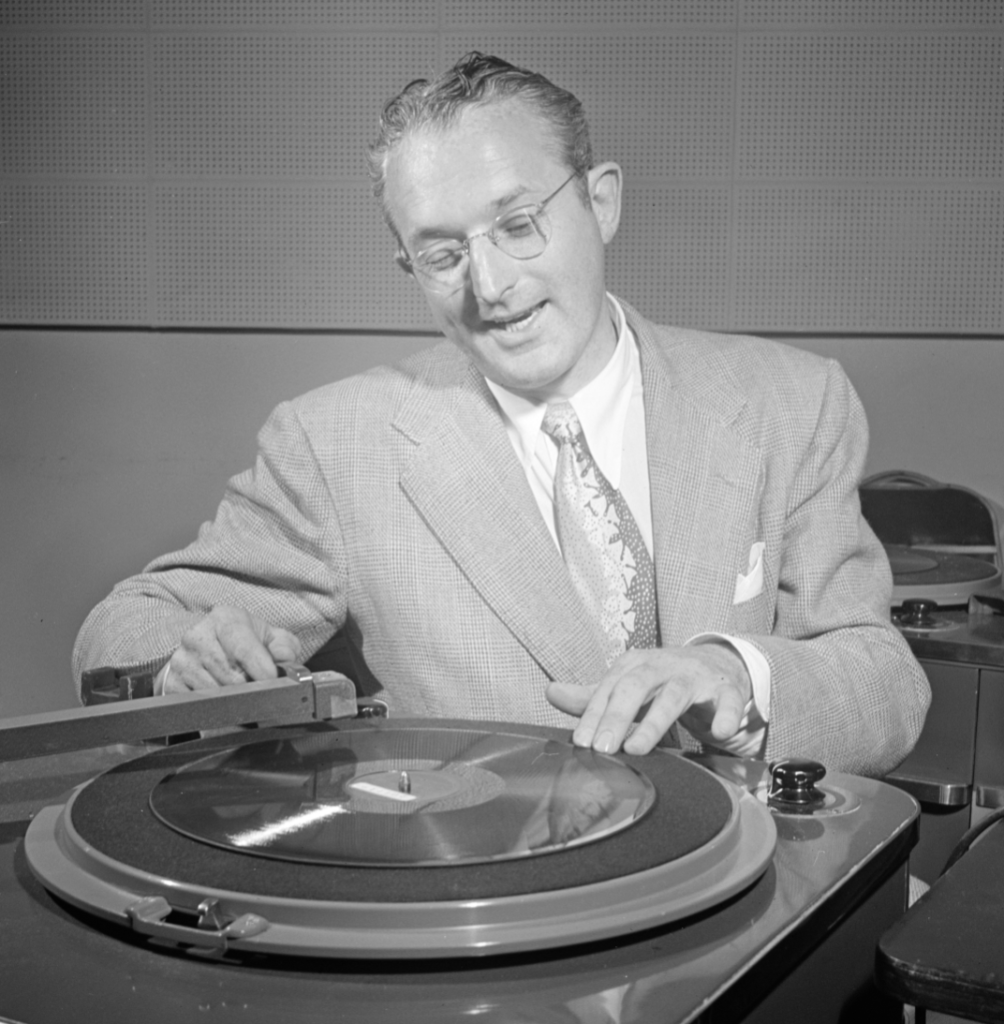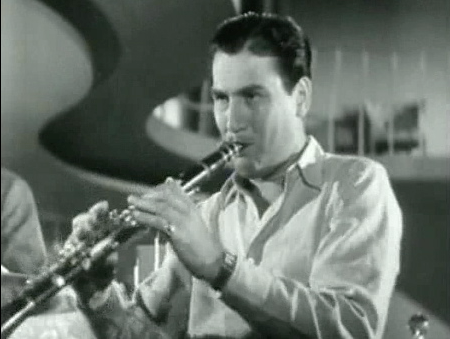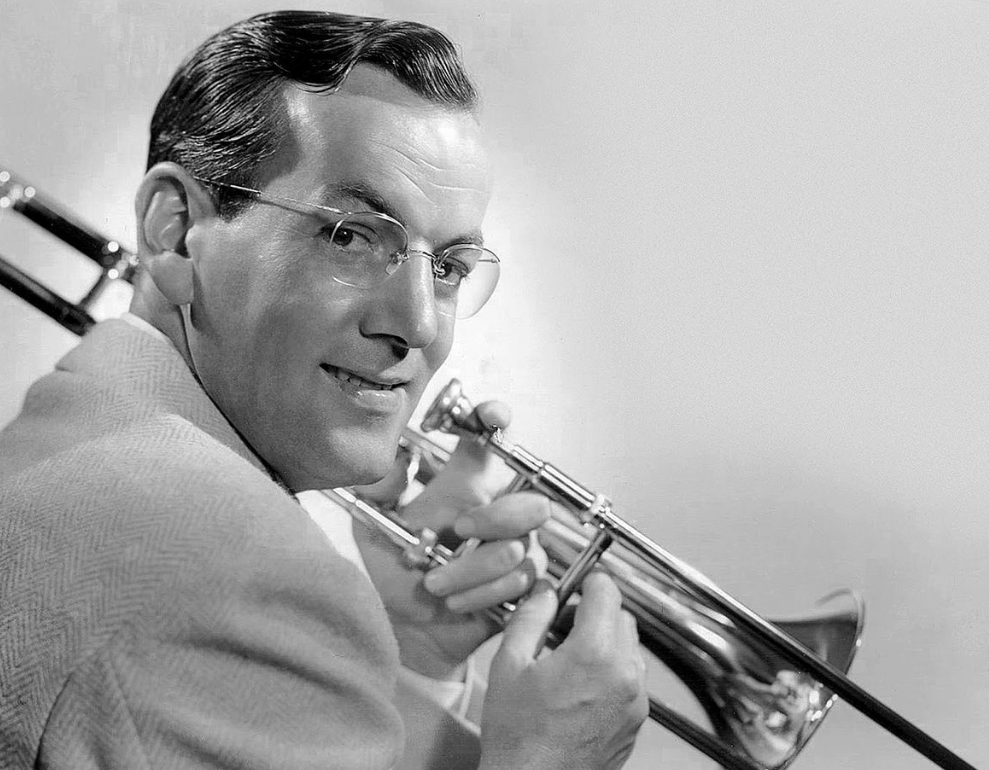Lionel Hampton: A Jazz Legend
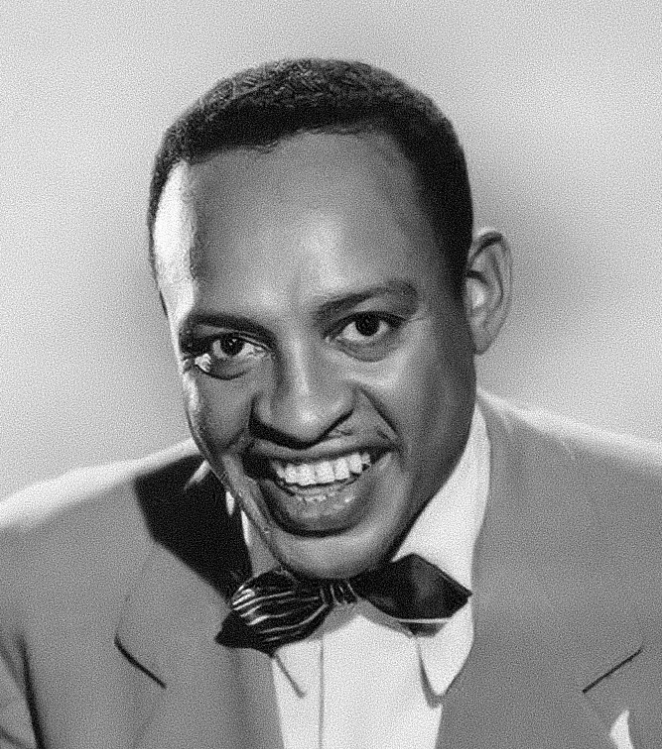
Photo Source: https://en.wikipedia.org/wiki/Lionel_Hampton
Lionel Hampton was an American jazz percussionist, bandleader, and composer who was born on April 20, 1908 and passed away on August 31, 2002. Throughout his musical career, which spanned over seven decades, he was known for his contributions to the jazz genre, particularly as a vibraphonist. His talent and dedication to the craft earned him the title of “The King of Vibes”.
Early Life and Career
Hampton was born in Louisville, Kentucky, but grew up in Birmingham, Alabama. He started playing the piano at the age of four, but soon switched to the drums. At the age of 14, he joined the Birmingham Civic Opera, where he was able to further develop his musical skills.
In 1928, Hampton moved to Chicago, where he joined the legendary jazz musician, Louis Armstrong’s band. It was during this time that he discovered his passion for vibraphone, a musical instrument he had never played before. Under the guidance of Armstrong, Hampton quickly developed a unique style that would soon make him a sought-after musician.
Rise to Fame
In 1930, Hampton formed his own big band, the Lionel Hampton Orchestra. The band quickly became popular and was known for its energetic and upbeat performances. Hampton’s innovative approach to the vibraphone earned him a reputation as one of the best jazz swing musicians of his time.
In addition to his work with his big band, Hampton also collaborated with many of the greatest jazz musicians of his day, including Benny Goodman, Art Tatum, and Gene Krupa. He was also a regular performer at the famous Carnegie Hall in New York City, where he was able to showcase his talents to a wider audience.
Contributions to Jazz Music
Throughout his career, Lionel Hampton made numerous contributions to the jazz genre. He was one of the first musicians to incorporate vibraphone into jazz music and was known for his innovative approach to the instrument. He was also a pioneer in the use of vibraphone solos, which were previously unheard of in jazz music.
In addition to his work as a performer and composer, Hampton was also a bandleader and mentor to many young musicians. He was known for his ability to bring out the best in his musicians and was considered a leader in the jazz community.
Legacy
After a career that spanned over seven decades, Lionel Hampton passed away in 2002. However, his legacy lives on through his music and the many musicians he inspired. Today, he is remembered as one of the greatest jazz musicians of all time and is celebrated for his contributions to the genre.
In conclusion, Lionel Hampton was a true jazz legend who made a lasting impact on the genre. His innovative approach to the vibraphone, his contributions as a bandleader and mentor, and his energetic and upbeat performances will always be remembered as a testament to his talent and dedication to the craft.
